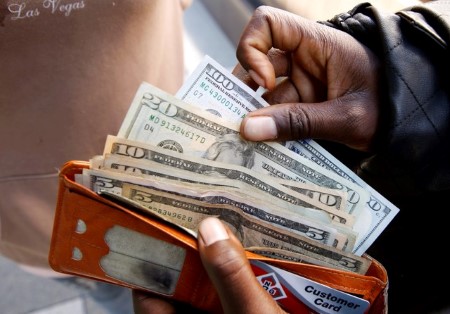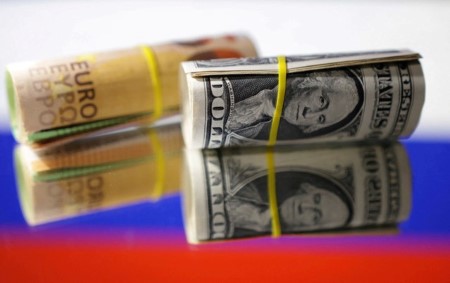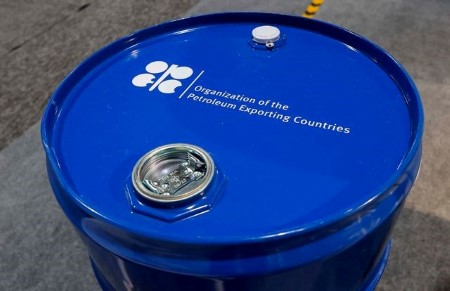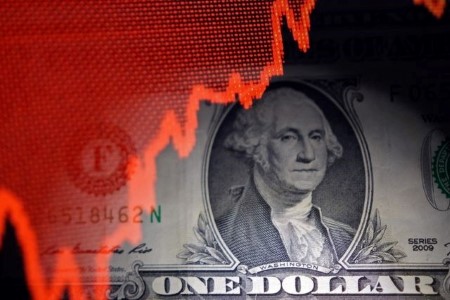NEW YORK – The US dollar weakened against major currencies, including the yen and the euro, on Monday as markets weighed continued uncertainty from President Donald Trump’s tariff policies and their impact on the economy.
The greenback slid to a fresh record low against the Taiwan dollar to 28.8150 amid speculation that Taiwan was letting its currency appreciate as part of a trade deal with the US, or at least was unwilling to intervene to stop it rising alongside sharp inflows in capital.
Other Asian-Pacific currencies, including the Australian dollar, gained against the US dollar. The Aussie reached as high as USD 0.64935, its highest since December last year.
The selloff of the dollar against Asian currencies is partly driven by the unwinding of large, un-hedged positions taken by some investors such as life insurance companies in Taiwan amid talk of more US tariffs, said Marc Chandler, chief market strategist at Bannockburn Global Forex.
“The dollar sold off in Asia partly because some people are worried there’d be semiconductor tariffs by the US to be announced as early as Wednesday and talk that in these bilateral trade talks the US could transfer currency appreciation in East Asia,” Chandler said.
Trump doubled down on tariff-driven policies during an interview on Sunday, reiterating that the duties on US imports would eventually make Americans rich. He announced on Sunday a new 100% tariff on films made outside the US
Treasury Secretary Scott Bessent on Monday defended Trump’s tariffs, emphasizing that his broader agenda including tax cuts would eventually lead to long-term economic growth.
Markets have been affected by the fact that Trump is not leaving his stance that tariffs are important, said Juan Perez, director of trading at Monex USA in Washington.
The dollar was down 0.73% against the Japanese yen at 143.885. Against the Swiss franc, the dollar weakened 0.50% to 0.82255.
Trump said he would not attempt to remove Federal Reserve Chair Jerome Powell, but repeated calls for lower interest rates and called Powell a “stiff”. The Fed meets on Wednesday and is widely expected to leave rates steady following a solid March payrolls report.
Perez said the US dollar was being hurt the most by chaos in the markets.
“I think we’re returning today to…this very sour mood and descent and this idea that overall you may not necessarily rely on American markets the way you used to. And that’s been seen across Treasuries.”
Markets now imply only a 37% chance of a Fed rate cut in June, down from 64% a month ago. Goldman Sachs and Barclays both shifted their cut calls to July from June.
The dollar trimmed its losses briefly against the yen after the Institute for Supply Management report for April showed a larger-than-expected pickup in growth in the US services sector, which accounts for two-thirds of the American economy.
Chinese onshore markets were closed but the yuan traded offshore hit its highest in almost six months at 7.1831 per dollar as investors wagered Beijing might let its currency strengthen as part of trade talks with Washington. The yuan was last up 0.12% to 7.2014 per dollar.
In Europe, the euro was up 0.15% at USD 1.131600 and the pound was up 0.21% at USD 1.32950.
The Bank of England will meet on Thursday and is widely expected to cut rates by a further 25 basis points to 4.25%. Central banks in Norway and Sweden also meet this week and are expected to keep rates steady.
(Reporting by Chibuike Oguh in New York, Wayne Cole, and Alun John. Editing by Sonali Paul, Mark Potter, Tomasz Janowski, Nia Williams, and Marguerita Choy)







 DOWNLOAD
DOWNLOAD








